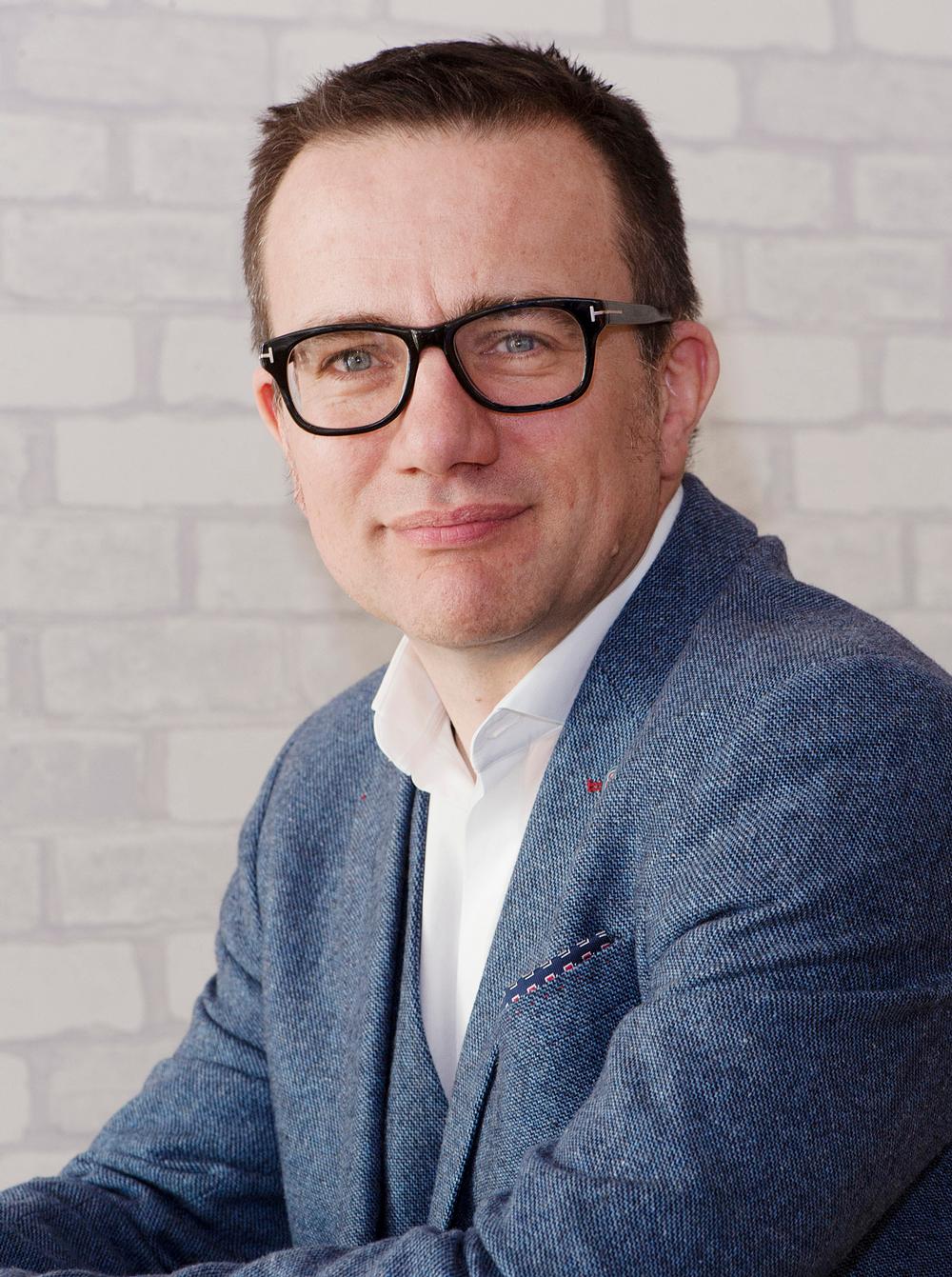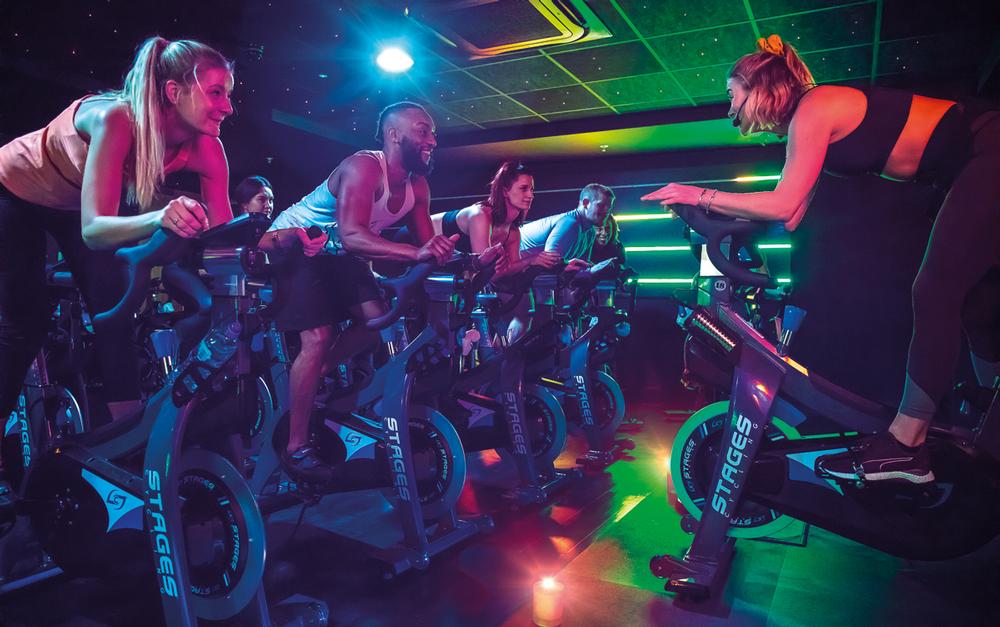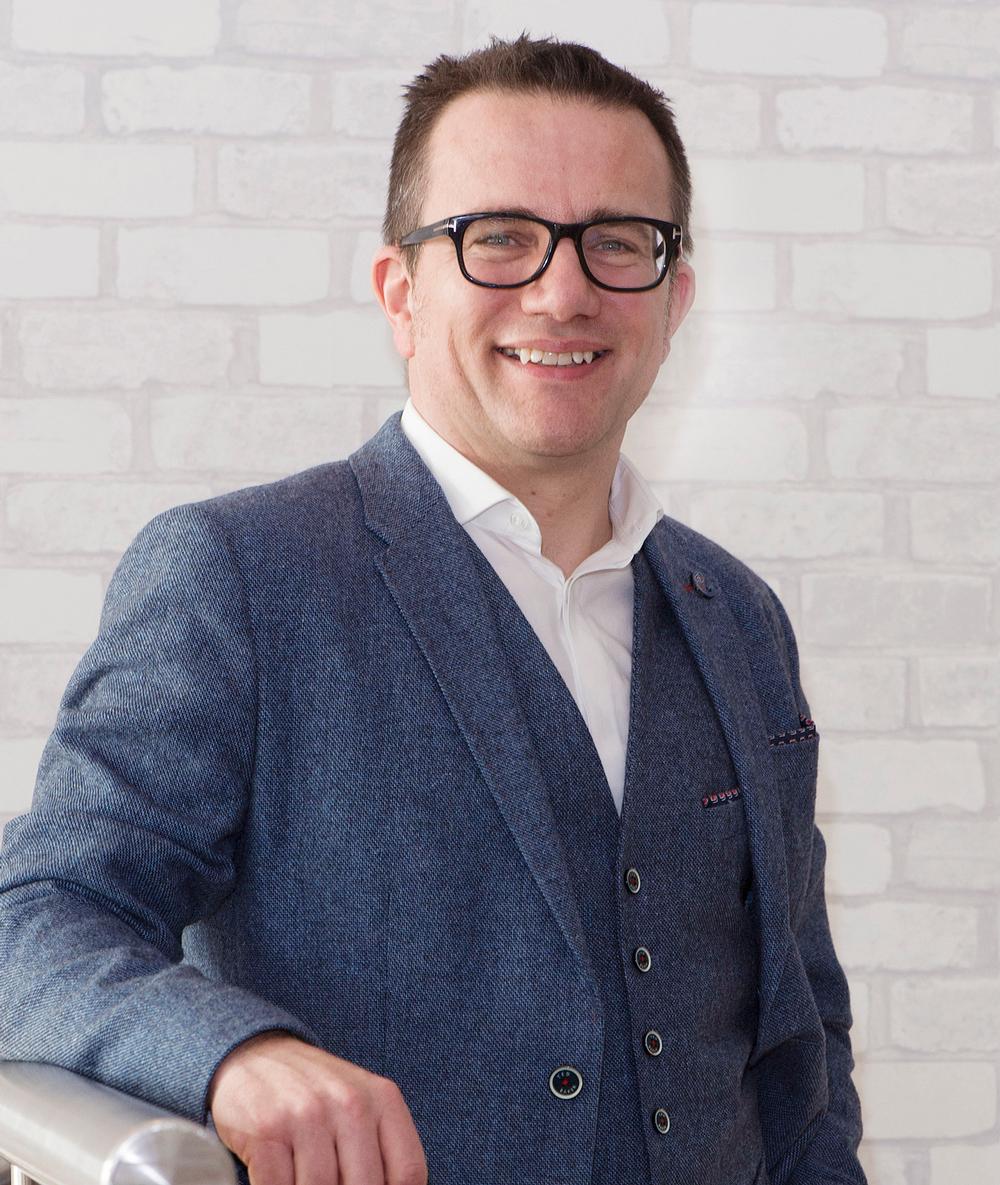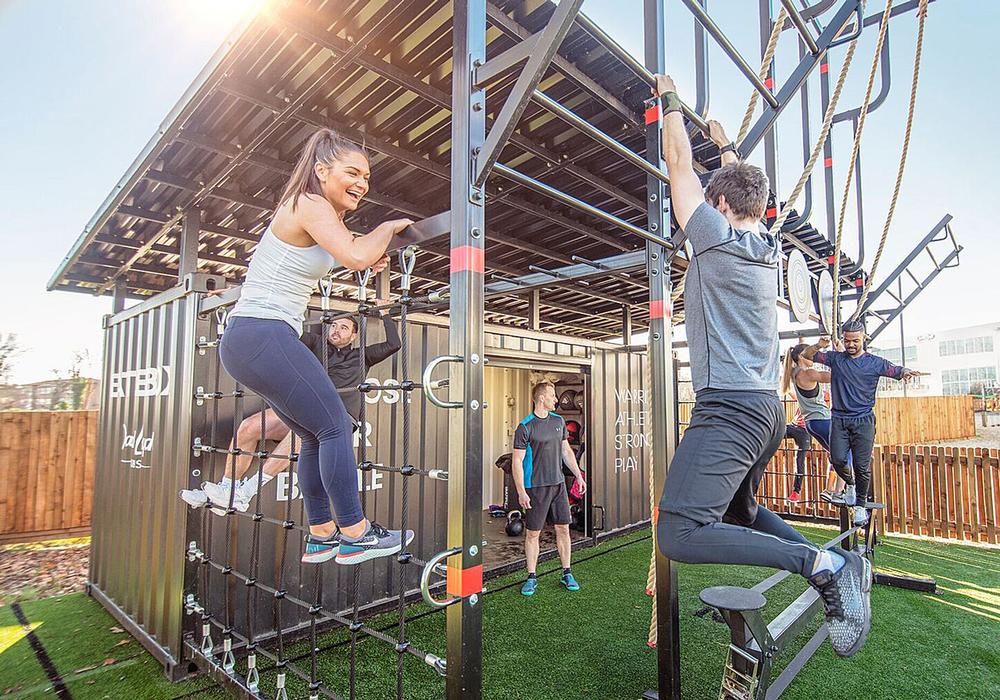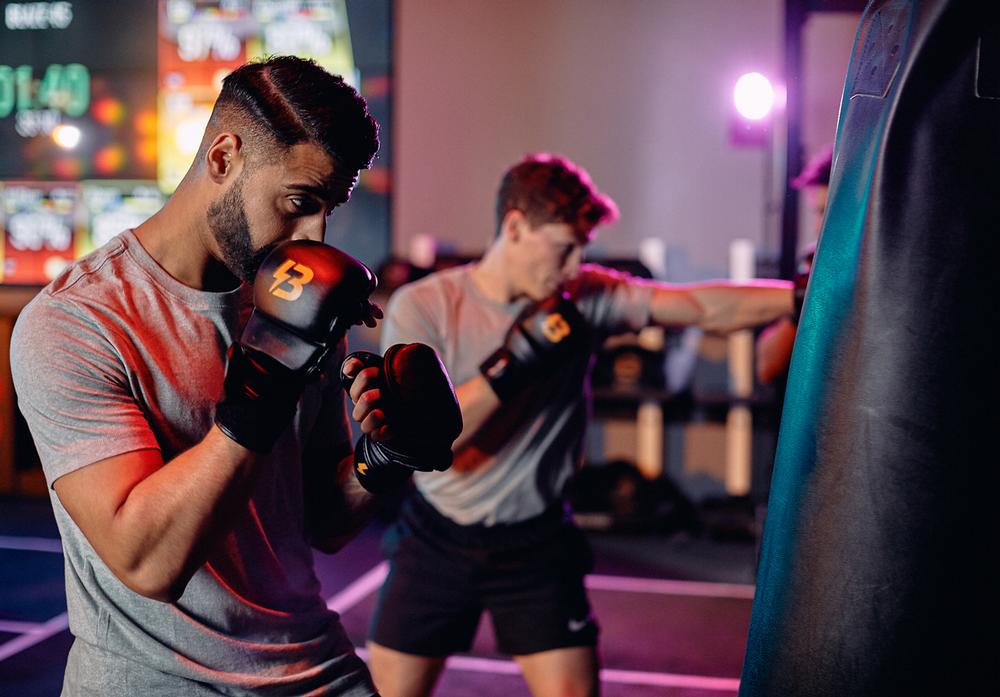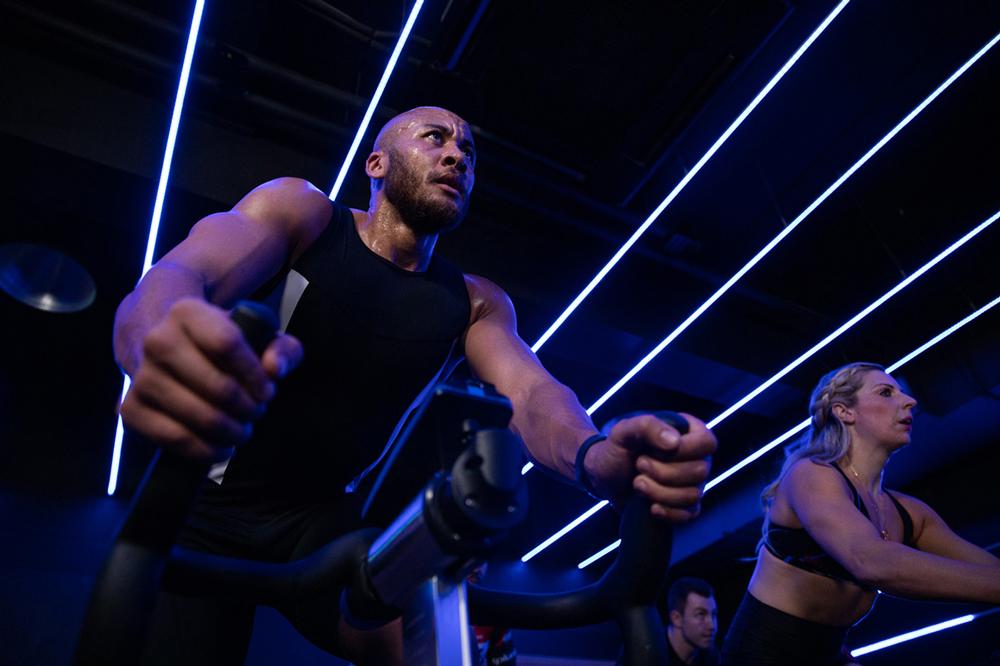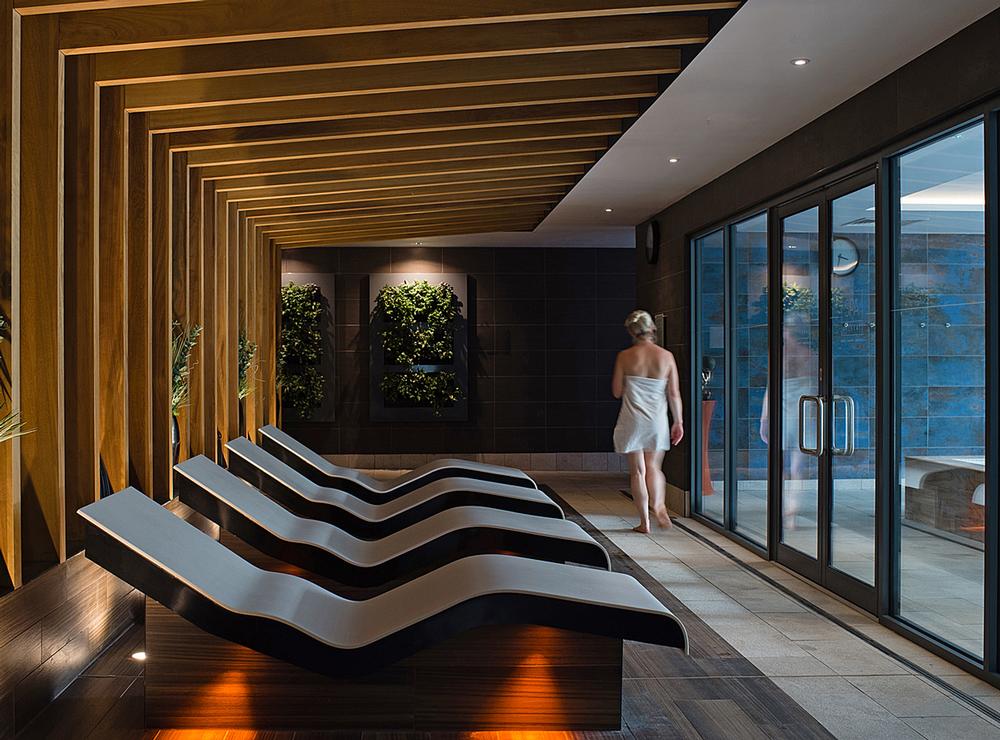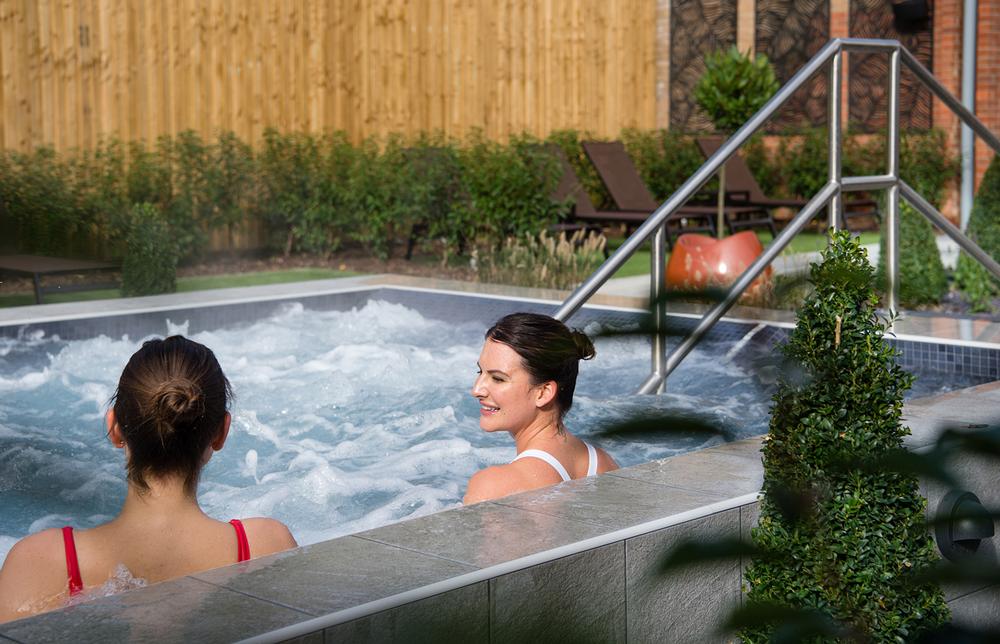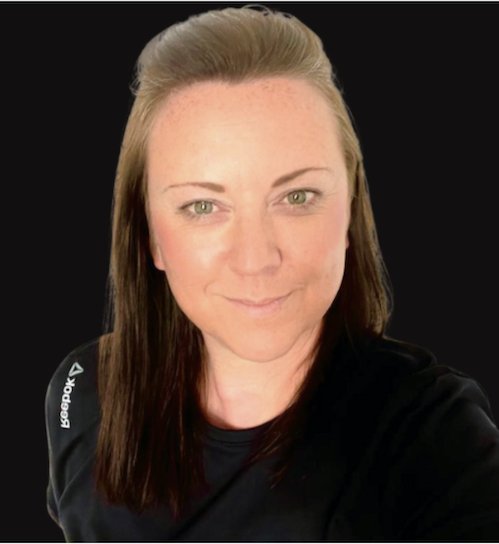Having been COO at David Lloyd Leisure since 2015, Russell Barnes recently stepped into the CEO position, taking over from Glenn Earlam who moved into the role of executive chair.
HCM took this opportunity to understand the rationale behind the change, as well as the strategy for the business moving out of lockdown.
What’s reason for the change in roles?
My becoming CEO, and Glenn executive chair, is a logical step: I’ve had most of the business reporting to me for a number of years, so this is an evolution, not a revolution. Strategically, it also supports our ambitions for the business in the short- and long-term.
As a company, we have three main priorities. The first is bounceback, because, like all businesses in our sector, we’ve been battered and bruised through the pandemic. Bounceback needs complete and utter clarity of ownership, energy, drive and ultimately success.
The second – which I’ll come back to later – is a need to keep progressing the work we’ve already done in digitalising our offering, working out how David Lloyd Leisure (DLL) can best navigate this, considering we’re a traditional brick and mortar business.
Third, coming out of the pandemic, lots of companies find themselves having to let go of assets to keep their core businesses afloat. This provides an opportunity for M&A the likes of which we probably haven’t seen, nor will we likely see again, in our working lifetime. DLL, therefore, has a chance to accelerate its growth – but as with bounceback, this requires effort and clarity of ownership.
When you look at all of this, you quickly realise it isn’t realistic that one person might drive the bounceback of the organisation – 122 clubs across Europe and the UK – and also dedicate time and energy to M&A. So, the conversation between Glenn and I was simple: I would concentrate on the bounceback and he would get out and sell the DLL story to those who might wish to sell us their assets.
How did the business fare during the various lockdowns?
I imagine every business had a different experience of the pandemic, based on their levels of debt, the shareholding, the amount of rent they were having to cover and the relationship they had with their landlords.
We lost 14 per cent of members, which felt incredibly depressing. But as we went through the lockdowns, we became more confident we were managing as well as we could. Compared to some of our peers, we felt reasonably positive about our performance.
That said, there’s no doubt the pandemic destroyed our ambitions over 2020–21. There were also parts of the business that were particularly challenging, not least because of the different regulations across Europe.
For example, when COVID-19 first hit, the Netherlands’ national government said we could remain open on the wet side only. Across the border in Germany, the regional governments said we could stay open with the exception of wet side.
Just before lockdown, we’d acquired the eight clubs of the Meridian Group in Germany, where half of the business is spa and where we hadn’t even had a chance to integrate the team yet. That’s a bit of a snapshot of what we were grappling with at the time, and I think our international teams deserve a huge amount of credit for the way they handled things.
What lessons did you learn?
We were very clear on the mistakes we made, particularly through the first lockdown and equally clear we wouldn’t make those same mistakes in the second.
In the first lockdown, we shut everything off, including how we communicated with our members. We did it for good reason – to preserve cash and protect the business – but we weren’t serving our customers well enough when they didn’t know what was going on.
We told everyone we’d turned their direct debits off and that we’d come back to them when the government announced anything more. It was a bit of a “sit tight and we’ll try and get some stuff out through our digital channels”. But some of our members have been with us for 20+ years. People come to spend quality time in our clubs several times a week. Suddenly they were missing a limb and our communication wasn’t good enough.
So when the second lockdown came, we did the exact opposite. We kept people on. We didn’t furlough any of the membership teams. We kept communication lines open, proactively measuring our response times to queries coming in, and we got on the front foot.
How is the business performing now?
We’re trading positively and our investors have been incredibly supportive of everything we’ve done, both during and since lockdown.
By the end of July 2021 we’d bounced back completely on our membership numbers, with record months since re-opening – we nearly doubled what we’d do in a very good January. The speed of the bounceback has been staggering.
The number of previous DLL members rejoining us has just short of doubled, but still, around 80 per cent of new member sales have been to individuals who haven’t been members of our clubs before.
We’re trying to gather as much data as we can to understand what’s driving this. We know we’re not the cheap option. We know the pandemic worsened the cash position for many, but nevertheless, people who haven’t been a member before have reconsidered and joined us. The question we, therefore, want to answer is, are we seeing the beginning of a dynamic where, post-lockdown, people are moving up the ladder, consciously investing more in their health? Are they looking for somewhere that can service their wellbeing needs, not just their fitness needs?
We don’t have statistically significant data to prove this yet, but there’s no doubt we’re seeing an increase in people coming in who wouldn’t have considered us before.
Our clubs are also notably busier. We’d normally have seen something like 1.1 visits per member per week. In some clubs, it’s now up to 1.6, and in many locations we’ve had to go from something like 120 group exercise classes a week to over 200 to service the demand.
However, we are seeing a very small percentage of members still retaining some nervousness: we’ve seen a 3 per cent increase in the number of members visiting us less than once a month. That doesn’t sound a lot, but it’s important because one of our clear objectives is to deliver value for money, and we do that by trying to get members to come in as often as they possibly can. Missing that by 3 percentage points is something we’re keeping a keen eye on.
What’s driving this performance?
We were able to get things moving again quickly thanks to all our outdoor space – putting up marquees and moving group exercise outdoors. Lots of members are now asking us to keep the marquees in the long term, which I think is something we’ll review on a club-by-club basis, but certainly this interest in outdoor activity – something we already offered a lot of, incidentally – could be a permanent shift.
We’re also still spending materially more operating our clubs on a month-by-month basis than in the corresponding period of 2019. That isn’t sustainable in the long term, but we’re doing it because the only thing that matters is being able to service the members. We’re currently spending circa £800,000 a month on incremental COVID-19 measures to ensure people feel comfortable, and that expectations of new members aren’t just met, but exceeded.
We have lots of new things going on in the clubs, too, giving reasons to attend regularly. We’ve launched Summer at the Club, for example, creating a holiday vibe around the outdoor pool with gin and tonic tastings, barbecues, DJ sets, inflatables at certain times of the day so parents get a break while the kids are entertained… We’re offering this in the UK and internationally now, and it’s another thing I can see continuing beyond bounceback.
Other initiatives include using wearable heart rate technology MyZone to create competitions and challenges. Creating in-person run clubs and weekly quiz nights. We’re running our Team PB initiative in clubs where we feel it would help – a six-week programme designed to motivate, encourage and support people in realising their health goals in the age of COVID-19.
And it’s all going incredibly well. However, while I could sit here and talk to you about some of the things we’re doing that might be having a positive impact on our margins, the honest truth is I don’t think we’ll ever be able to look back and say: ‘It’s because we’ve executed our bounceback plan to perfection’ or ‘It’s because we introduced such-and-such an initiative’. Coming out of this latest lockdown, we’re simply seeing a desire among the consumer base to re-engage.
Actually, it’s more important now that we’re making sure we have enough classes on, enough available tennis courts. That all the gym kit is absolutely as it should be. That we understand and are responding to the shifts in peak periods and demand curve throughout the day. Do we have enough crèche places? Enough spaces on our kids’ programmes? It’s as much about capacity management and programming in the club as it is about creating innovative ways to engage customers to come and use us.
You’ve created a range of signature classes
It always surprised me, coming into this sector, that you could experience the same group exercise class whether you’re in a DLL club or any other gym or leisure centre. Particularly coming from the visitor attraction industry – my many years at Merlin Entertainments – I found that very strange.
We, therefore, made the decision some time ago that we wanted to own our own content and currently have six signature classes: Battlebox, which is multi-functional fitness outdoors; Cyclone and Rhythm, our two group cycling concepts; HIIT GX class Ignite; a holistic class called Spirit; and then Blaze, which is effectively our version of a boutique bootcamp, which we now have in 65 clubs plus a standalone Blaze studio in Birmingham.
All these class concepts will, where possible, roll out across the estate. And if they prove to be successful – bearing in mind we’ve only been open fully with many of these since April 2021 – we’ll do more. We want to continually innovate the core product.
What are your plans for digital?
If there’s one thing that’s changed our business through the pandemic – and I’m sure we’re not alone in this – it’s the realisation of the critical need to revolutionise the way we view digital content.
Before lockdown, we’d have thought about content in quite a narrow way: how do we deliver content so members are keener on us than any of our brick and mortar competitors? Now, we ask how DLL’s digital landscape looks in a world where Peloton is dominating the marketing space. We’d have got there eventually anyway, but no question about it, but the pandemic has accelerated all this thinking.
During the lockdowns, we offered on-demand workouts through our app and at one point had a million on-demand views per month from our membership. It snowballed from there, morphing into not just group exercise classes but also weekly quiz nights and weekly coffee mornings hosted by some of our team. We even had our head of F&B delivering cooking classes from his own kitchen.
Our app became a way of delivering the club experience digitally to all our members, keeping the sense of belonging to our community alive through digital channels.
Meanwhile, the DL Run Club became a thing on Facebook, led by Lucy Day who’s our head of sport and gym. That grew and grew and spun off into the DL Daily Mile, where we encouraged families to walk a mile a day with their kids.
Now we’re out of lockdown, we want to build on all of this – not only for our members, but for non-members too. And we want to do so through ever-improving channels, so we can deliver the right content to the right audience at the right time and make it easy to access.
We’ll certainly be working on our app, which – launched in 2015 – was never designed for all of this. It was never designed for a million on-demand views and has been wobbling a bit. You won’t see any significant changes immediately, as we do the development work behind the scenes, but ultimately the app will become far more comprehensive, capable of much more, servicing membership needs beyond simply delivering content. We have a clear idea of where we want to go and we’ve recruited the talent we believe can get us there.
But we’re not just committed to the new stuff. We’re also completely committed to ongoing ‘premiumisation’ of what we have already. We’ll re-do 16 of our existing gyms this year, for example. We’re also working on what the DL poolside experience should look like, indoors and outdoors and at the kids’ offering, which hasn’t changed much over the years. In particular, how we keep older kids engaged.
Innovation of our core product is ongoing and unaffected by our desire to grow the estate and expand our digital infrastructure.
Will you be growing your wellness offering post-COVID?
Bricks and mortar-wise it’s entirely feasible, because we already have seven spa retreats in the UK and by 10 by December 2021, we’ll have invested around £5m to add new facilities to some of our larger clubs. We have an ambition to extend this into Europe too.
However, we have to recognise that wellbeing – sleep, stress management, mental wellbeing, gut health and so on – is new territory for us. Coming out of the pandemic, our focus will be ensuring the core product is absolutely where it should be.
What are your growth plans?
We believe there’s space for another 30–40 clubs in the UK and we’ll build around two new clubs a year – an ambition that isn’t diluted in any way by our European growth strategy.
We’ll adopt a multi-model approach to achieve this UK growth. We have a standard club model that’s constantly evolving, with sites in the UK where that model will be implemented over the next few years. Meanwhile, our spa retreat model is about identifying existing clubs where we can extend the footprint. And then there’ll be a smaller footprint model that will help us enter premium markets we’ve long wanted to be in, but struggled to find the right location. Here, it will be about reviewing the product mix to work in a smaller space. Do we need tennis or should we focus on spa instead? What should the kids’ offering be compared to the norm? These are some of the discussions we’re having as an organisation at the moment.
Then in Europe, acquisition is our key growth strategy. Growth via single-location new-builds in target cities is infinitely harder in Europe than it is in the UK, so we’re looking to acquire multi-site operators where we not only get an immediate foothold, but also local expertise within a management team that comes with the business. There’s already one important acquisition underway in Spain – we’re in the process of concluding the deal and hope to be able to announce it very soon.
Our commitment to developing in Europe has been strengthened by the pandemic. We’ve decided to focus on Germany, Italy and Spain – and possibly Switzerland, as we’ve recently acquired the Geneva Country Club, so have a foothold in that market.
At this stage, anything we acquire outside these territories would simply be because the opportunity was just too good to turn down.
We aim to cement ourselves as the largest premium health and fitness operator in Europe – and once we’ve done that, we’ll look further afield. We believe ours is a brand that can operate in multiple international markets.
More: www.davidlloyd.co.uk








